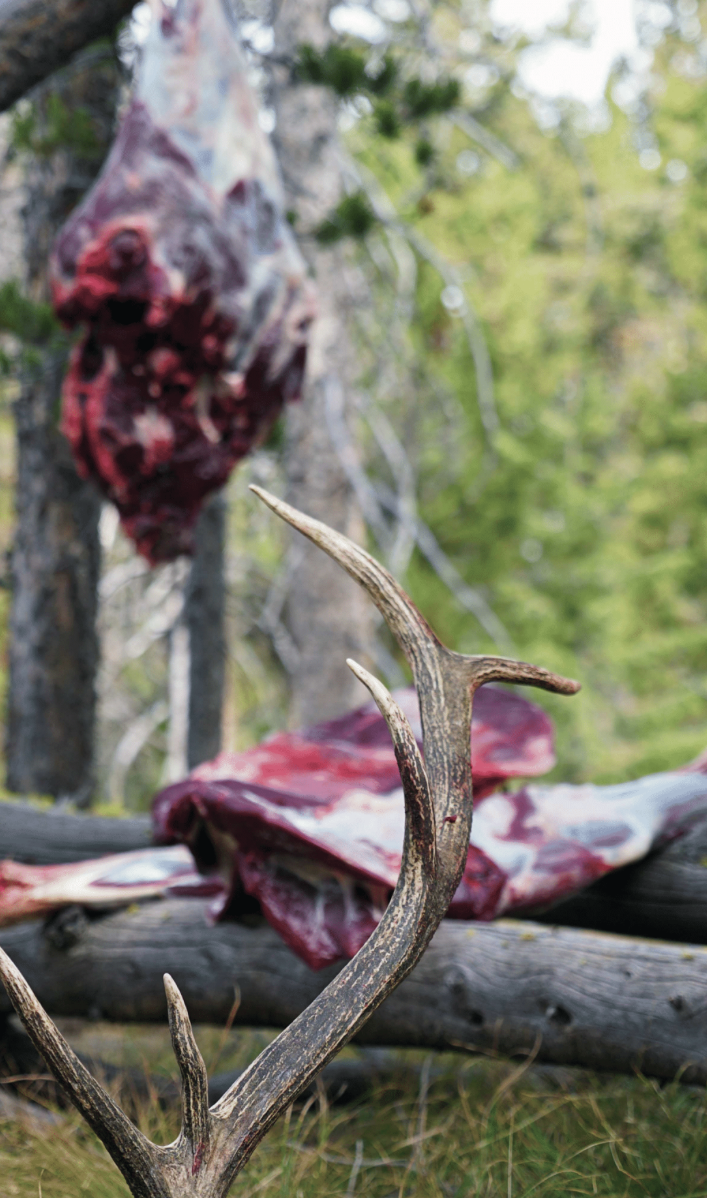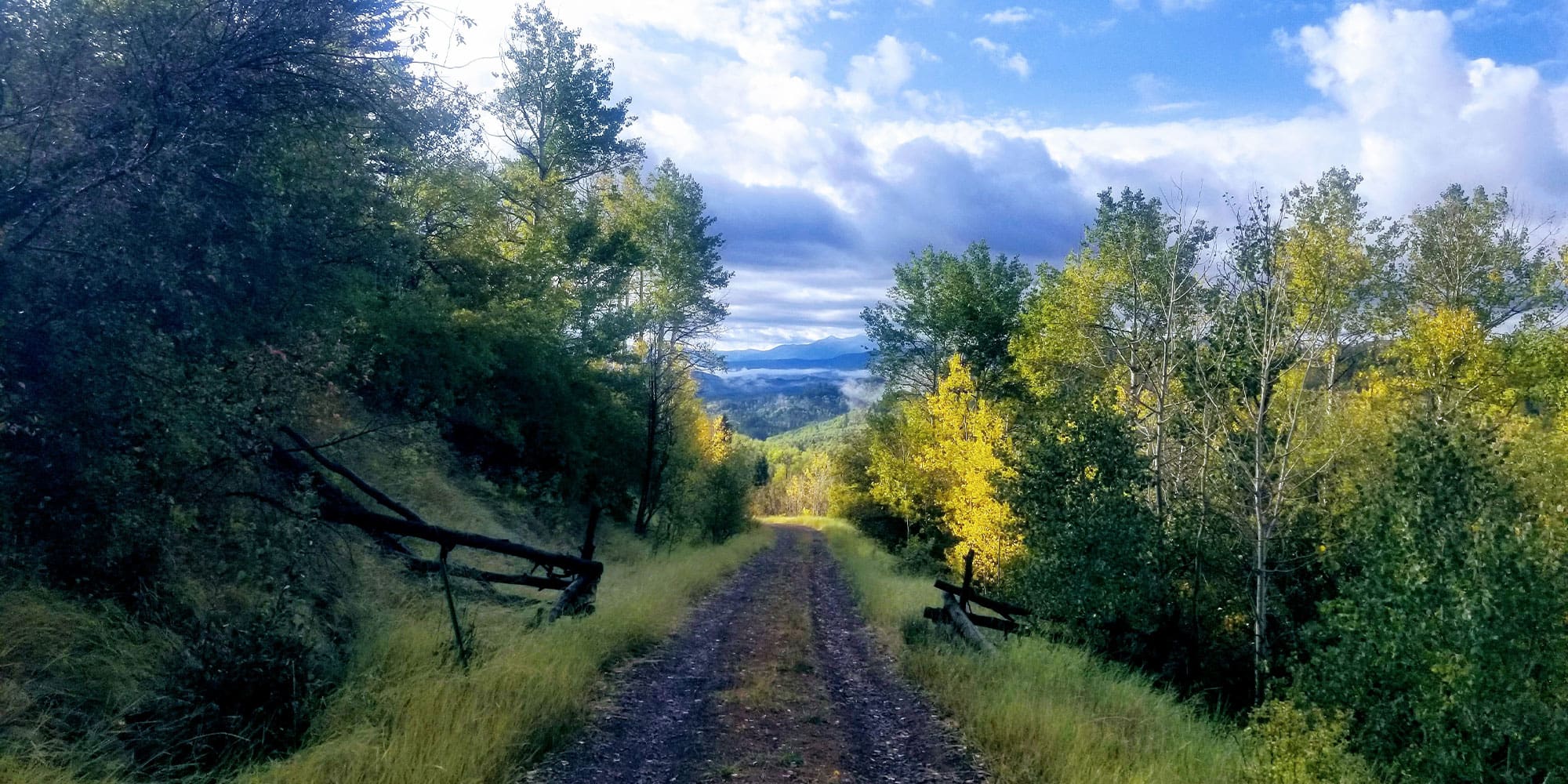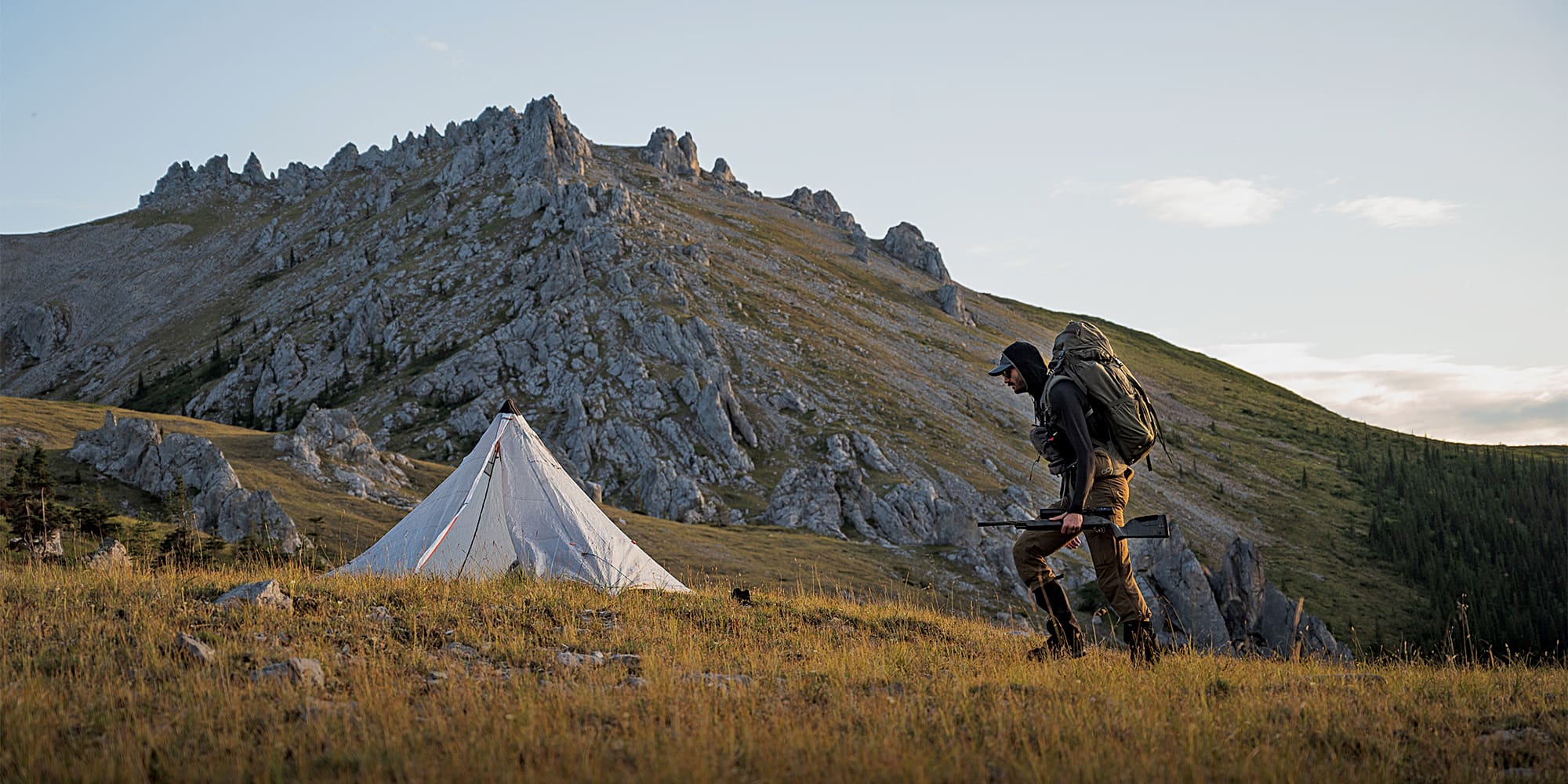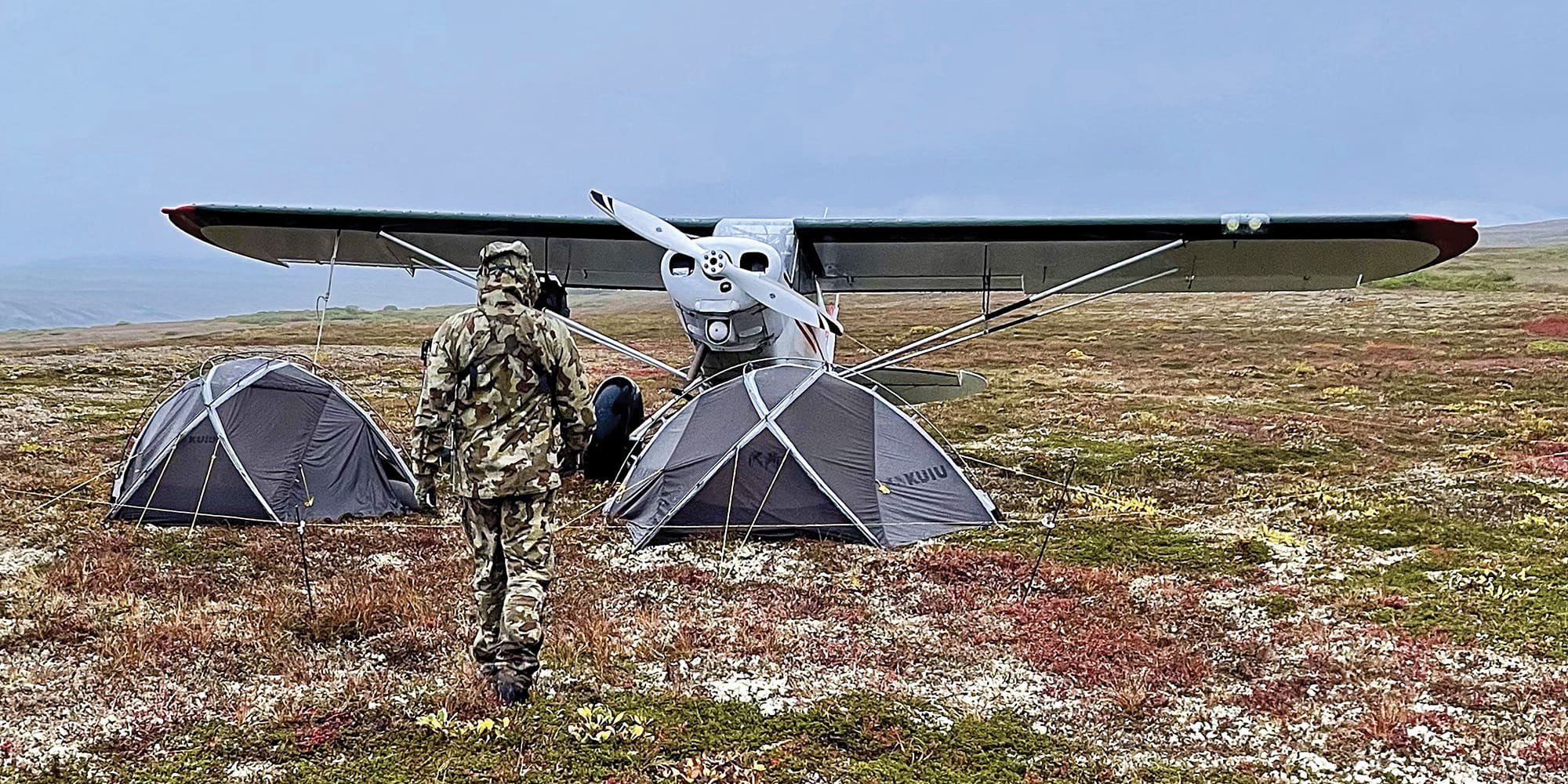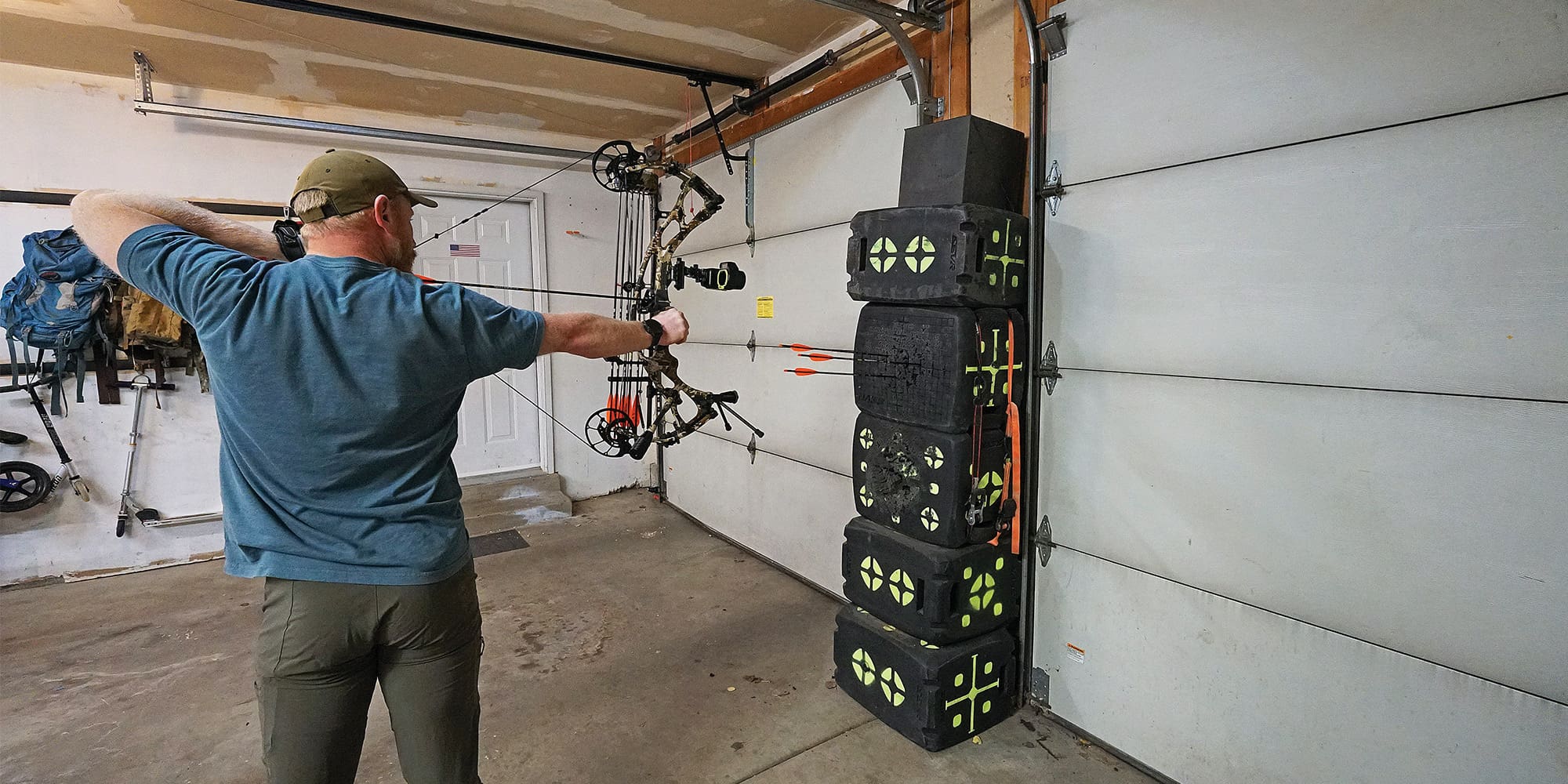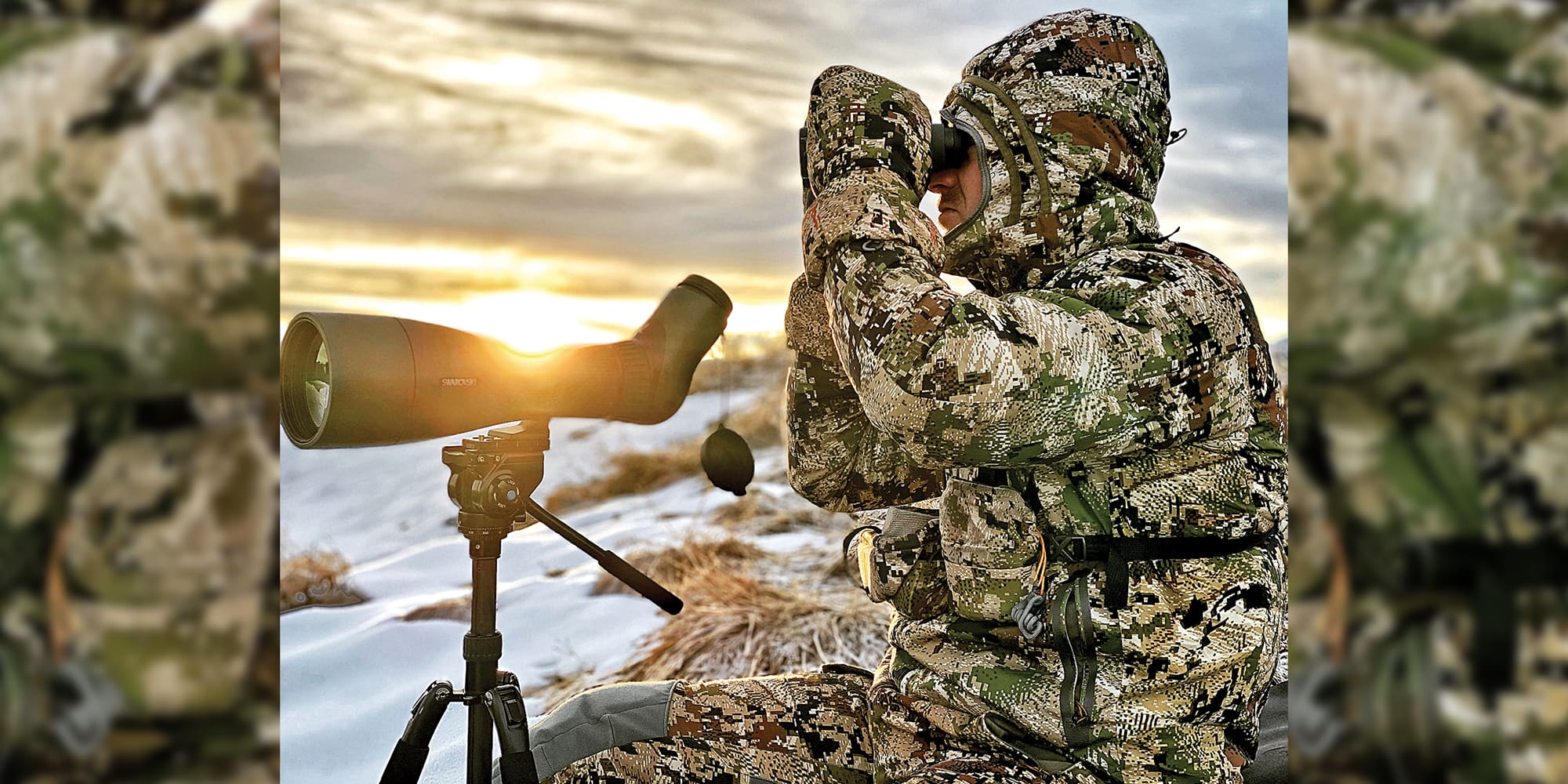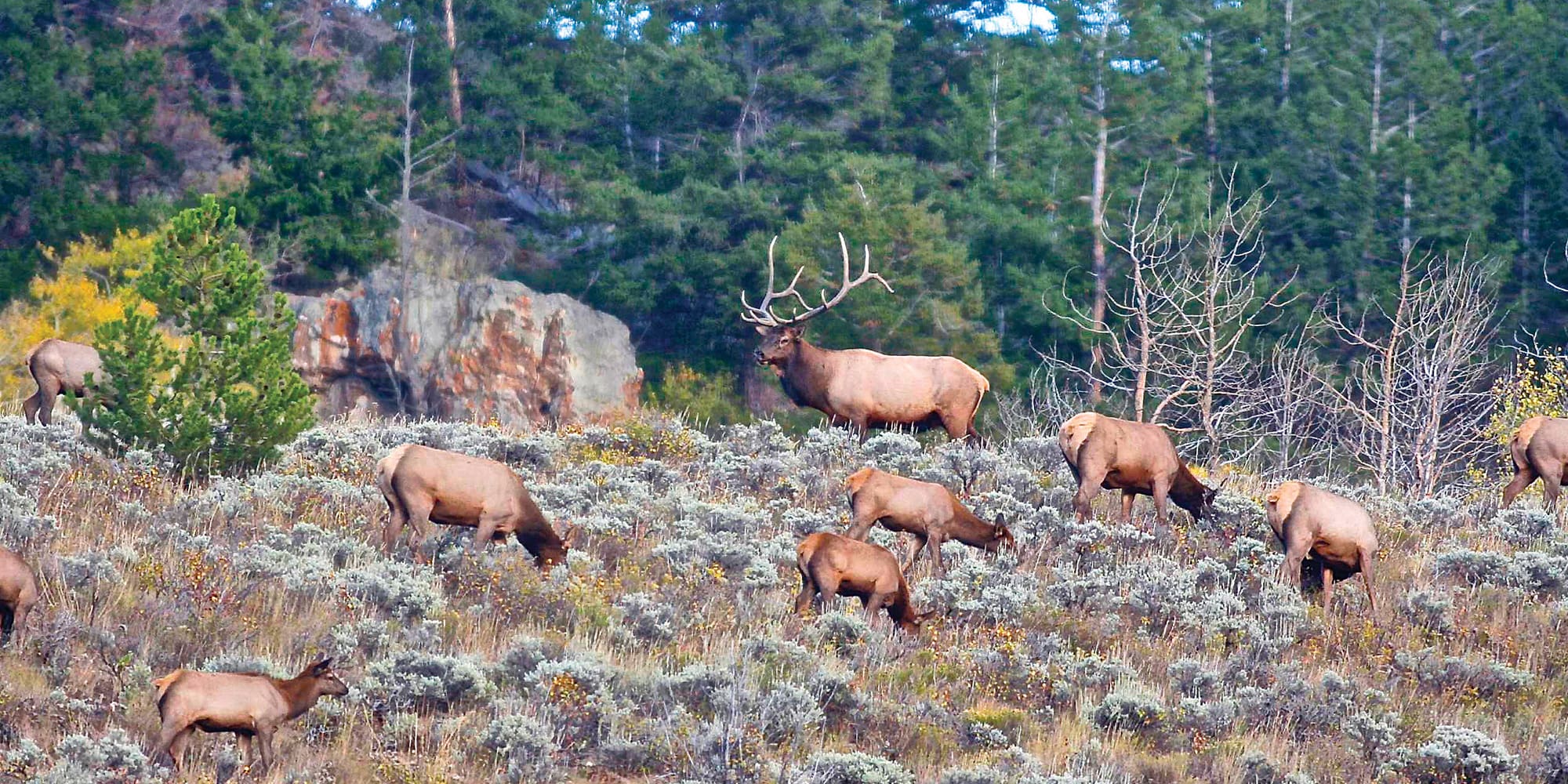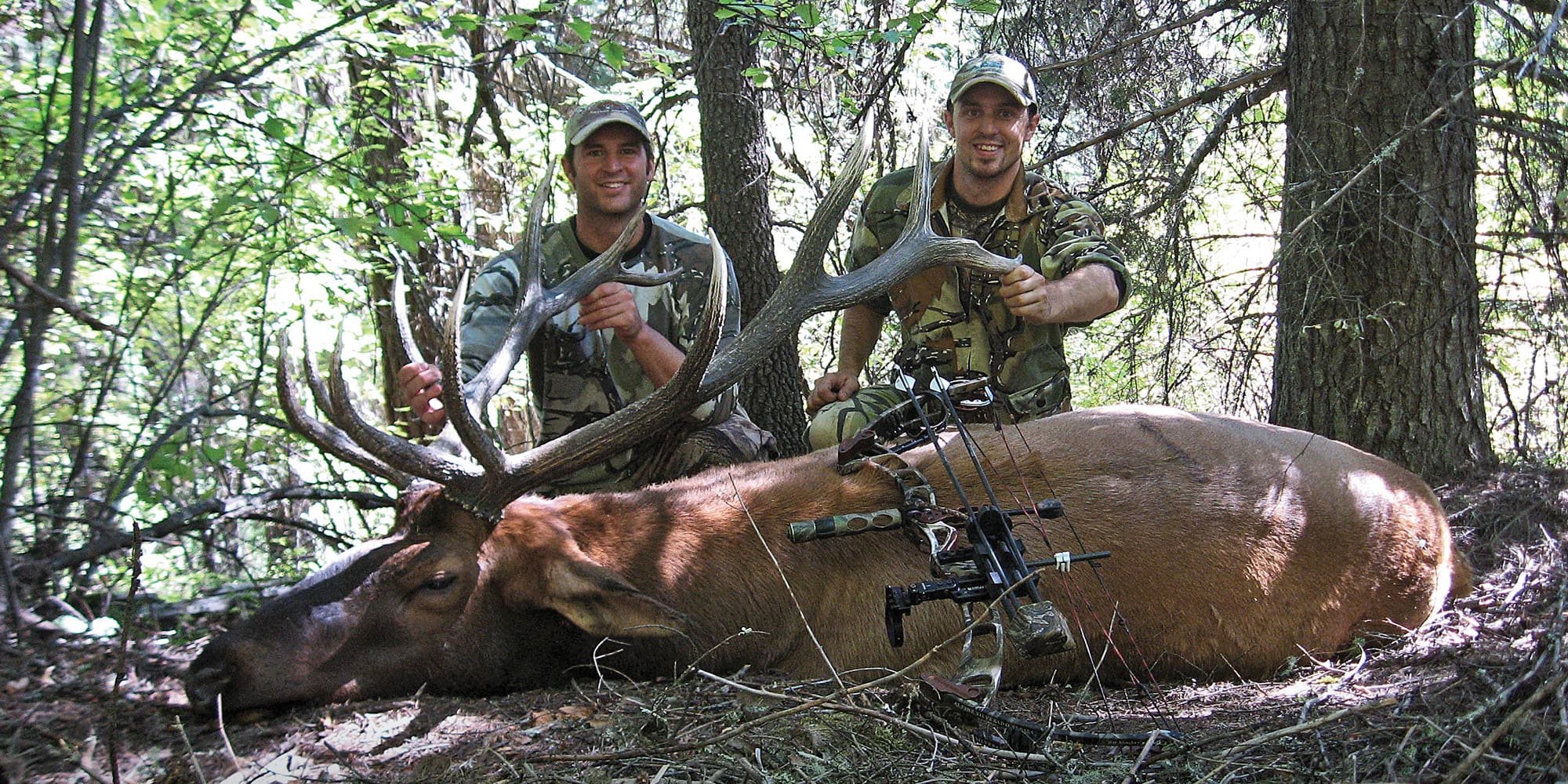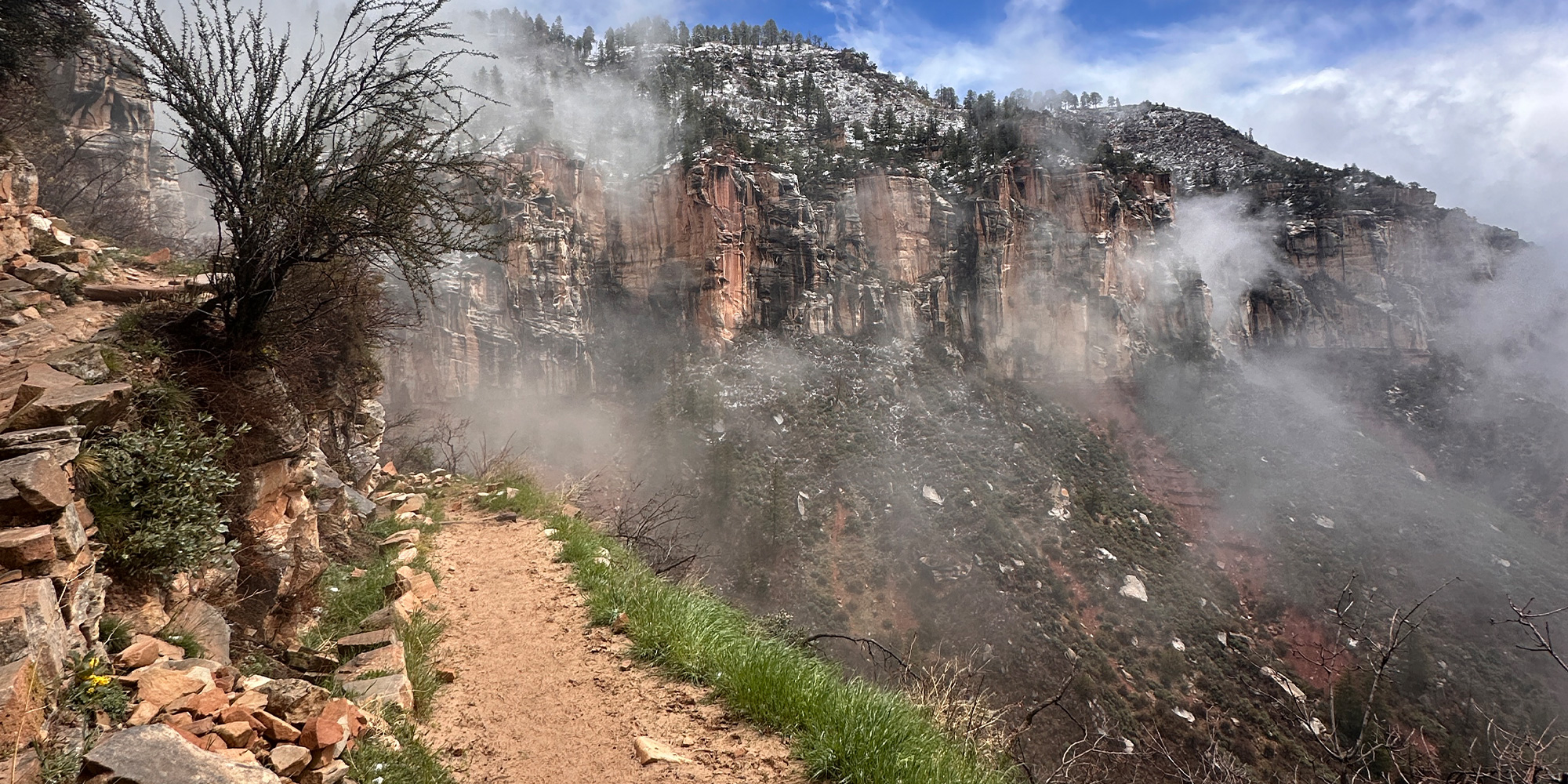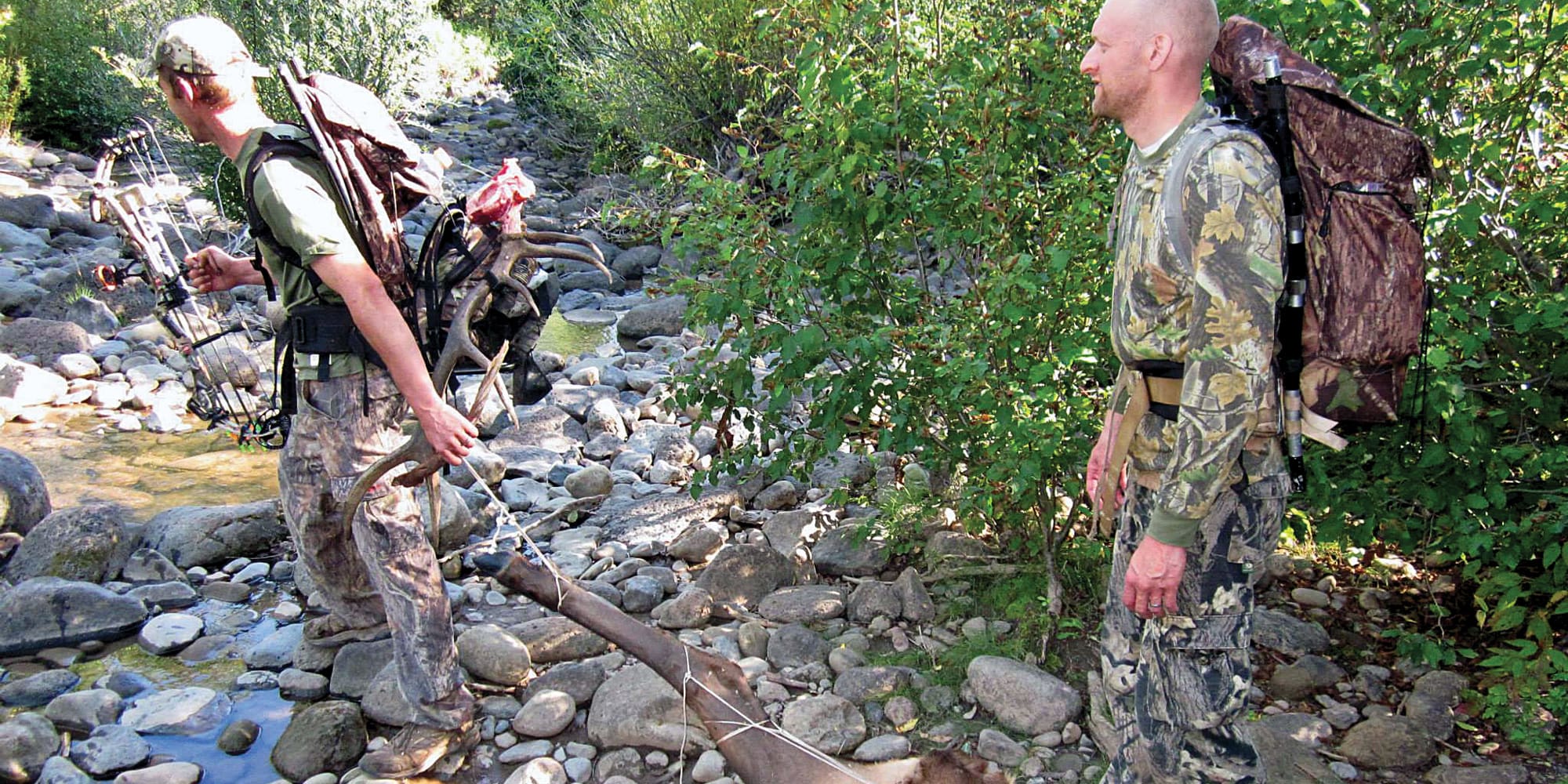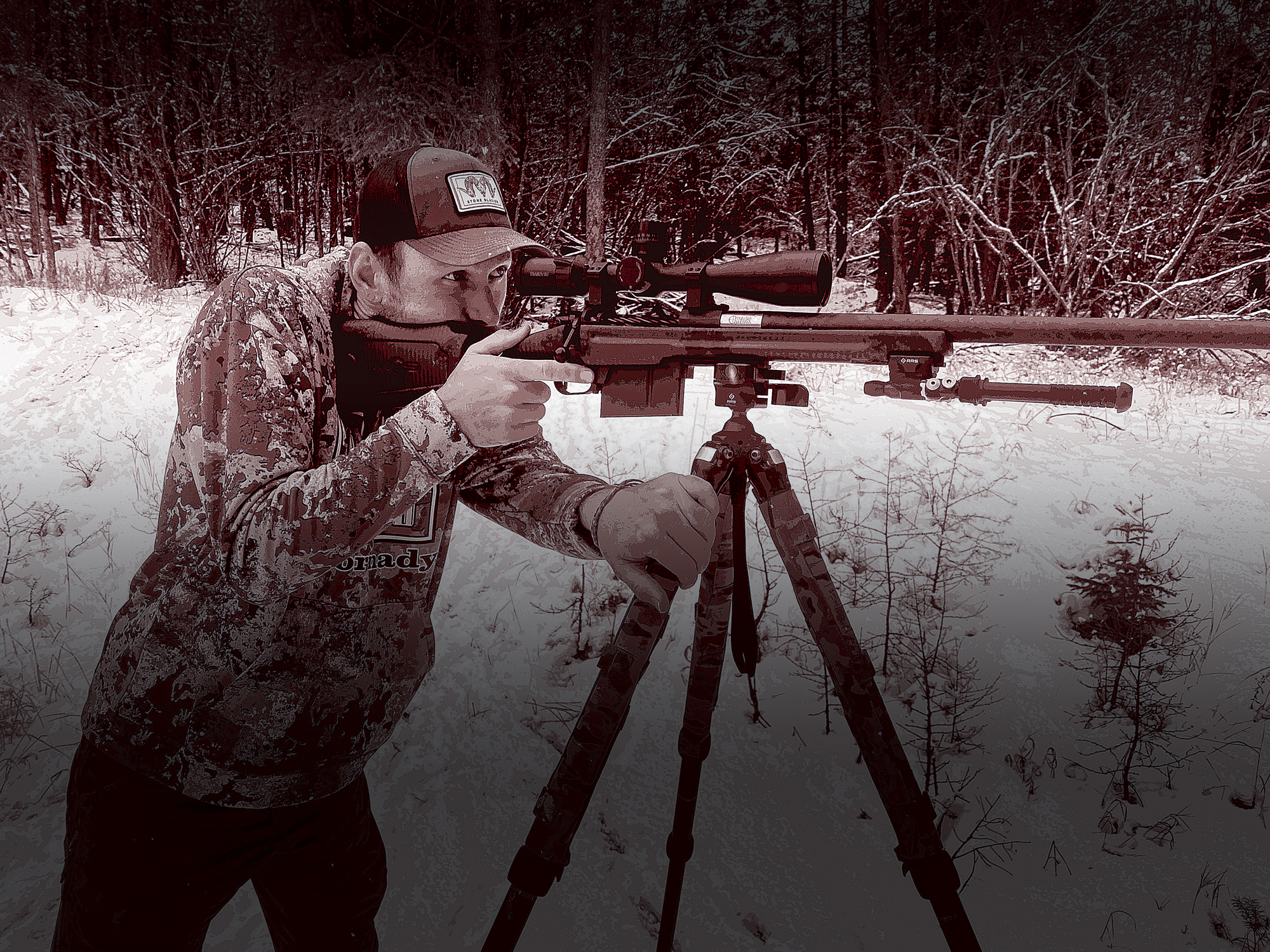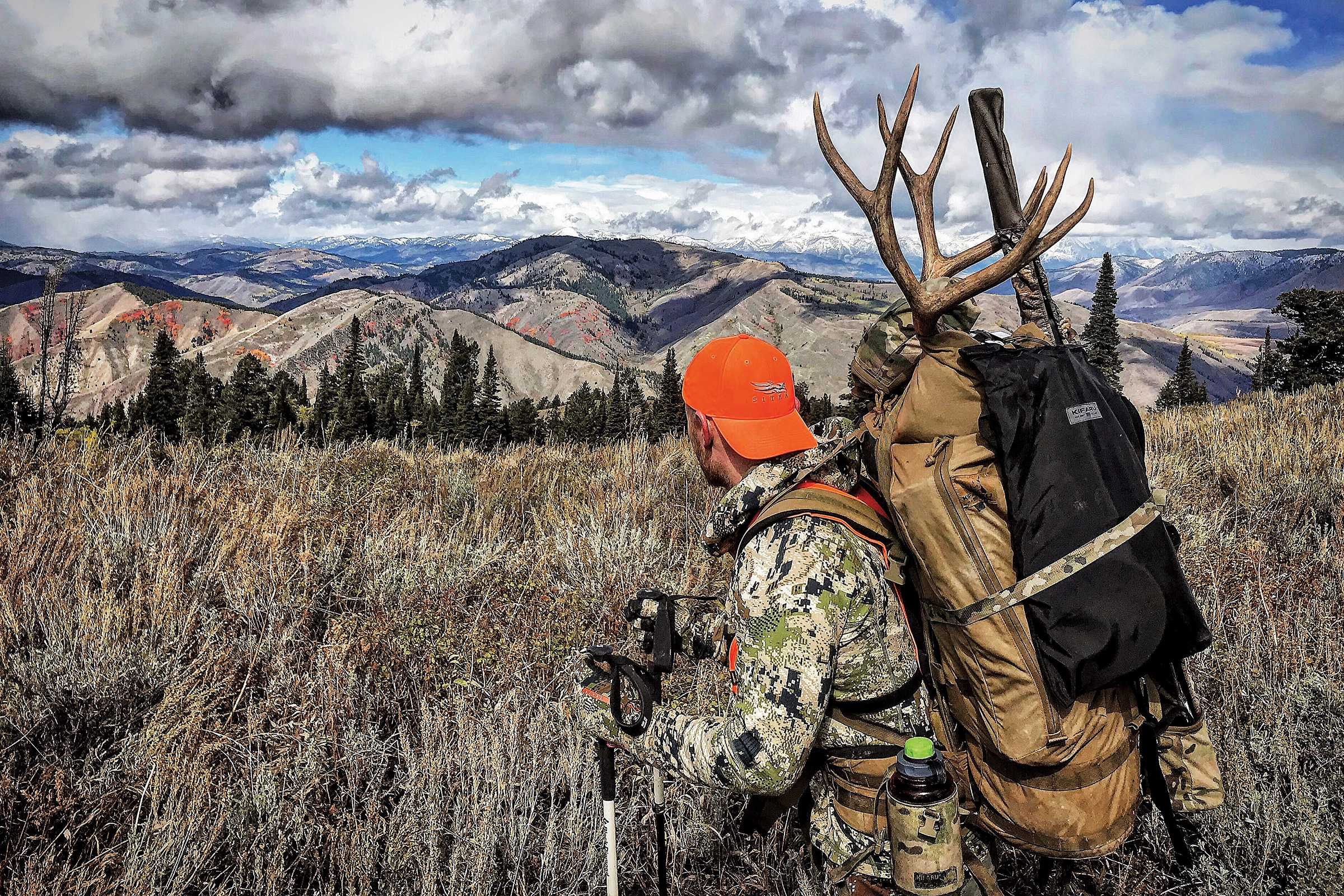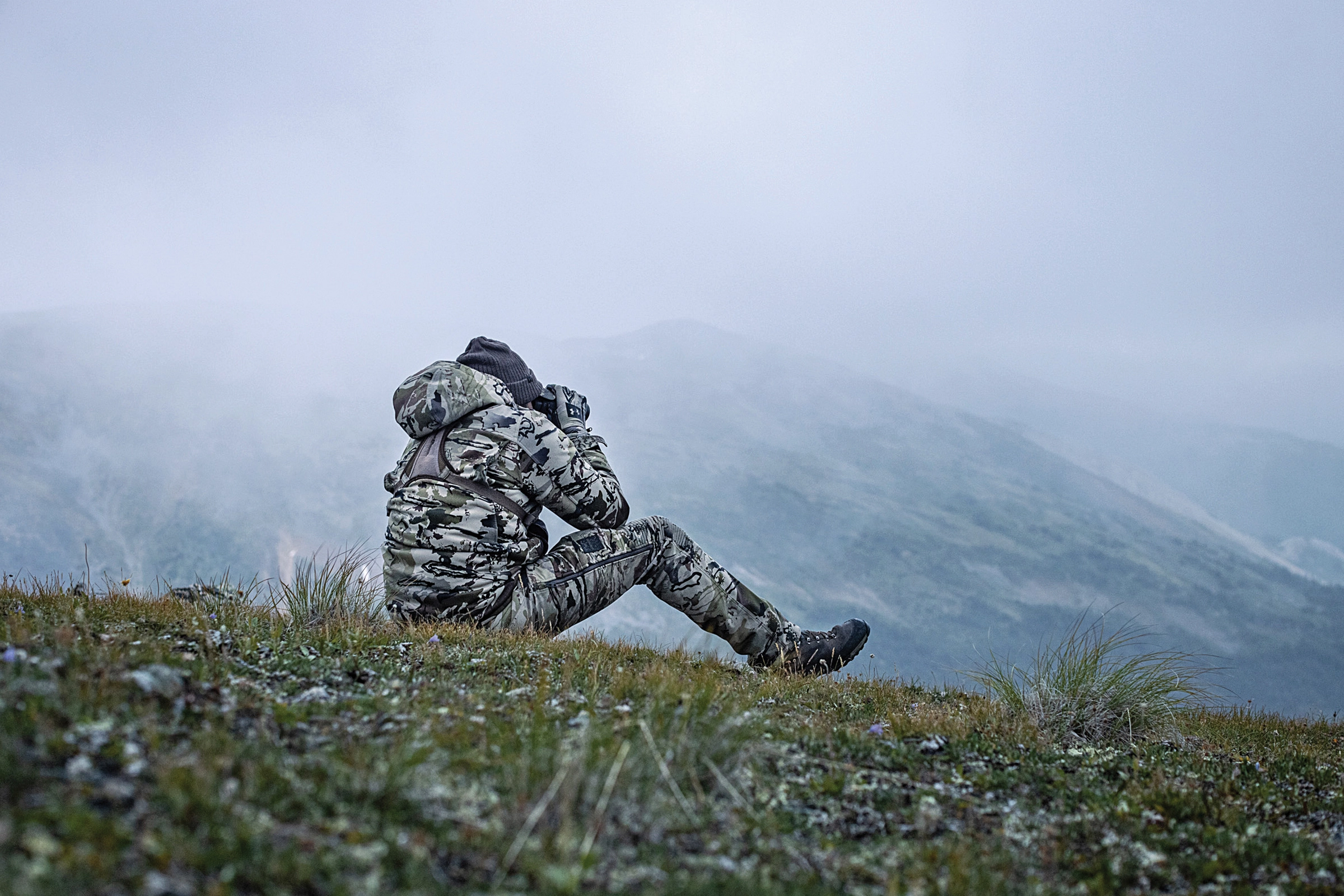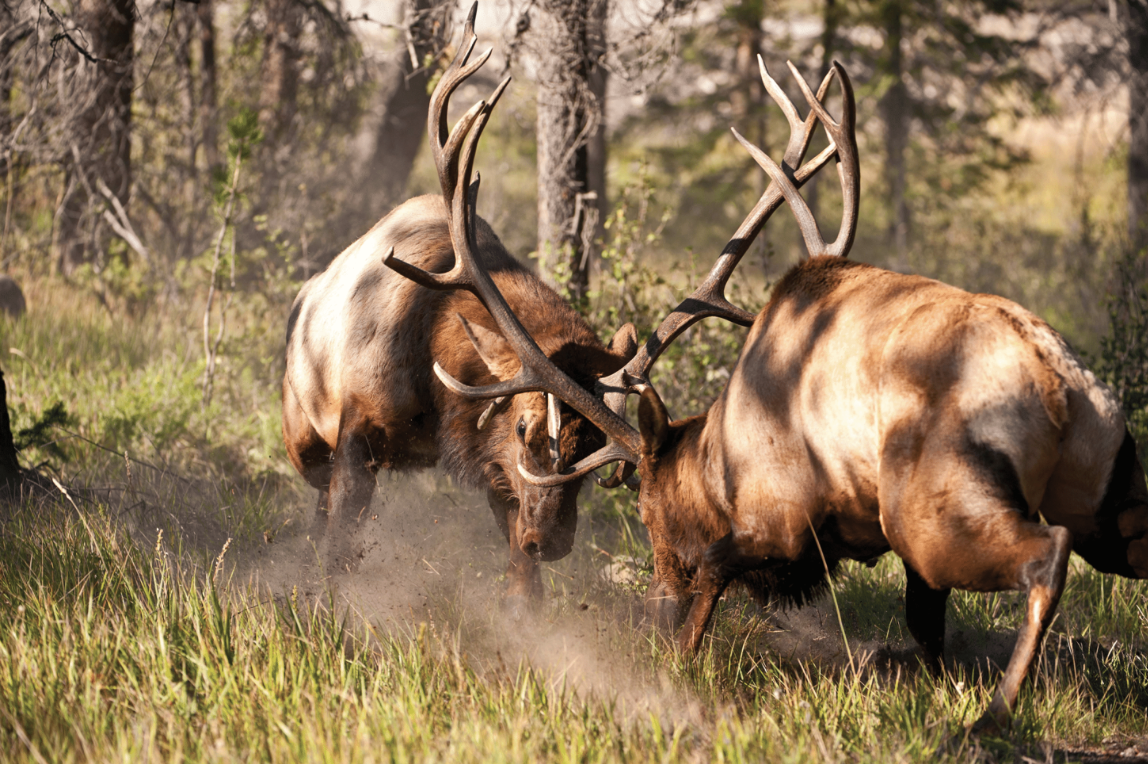
NOTICE: Certain links on this post may earn a commission for Western Hunter Magazine from Amazon or our other affiliate partners when you make a purchase. Thank you for your support.
The Art of Elk War
For as long as man has been on this planet, we have engaged in war. Whether with sharp sticks or advanced weaponry, at its fundamental elements, it’s really not much different than what elk go through during September. For two bull elk during the rut, it’s all-out war…and to the winner goes the spoils. If you look at it with this lens, then we have to consider what tactics of warfare we can use to engage them in a battle of our own.
While Sun Tzu’s The Art of War may be the oldest and most prolific book on military strategy spanning over 1500 years in scope, its principles have been applied to everything from empire expansion to sports to business strategy. Today, its teaching will be applied to elk hunting.
Chapter 13: Intelligence and Espionage
There is no better tactic than knowing what your enemy is up to. Elk are no different. Hunting elk that you know is way more successful than hunting elk that you don’t, so entrench yourself. Be a spy. Find out what they do before you hunt them and give the area a scout!
Preseason is a great time to understand their habits. Find the cows and the bulls will be there later. Also, learn where those animals feed, bed, and drink. Knowing what the cows and elk in the area do before the rut is key to having an upper hand later in the season.
While I personally have taken many different stances on the use of trail cameras over the years, I do find the knowledge they provide throughout the year can be a valuable learning tool. Although they aren’t the only scouting method, nor the most effective, they are great full-time spies for your army. You just have to properly interpret the data they tell you.
Cameras on wallows and water
Cameras on water can be a great way to see what is in your area. More importantly, I like to use it as recon for the stages of behavior the elk are in. What are they up to? How are they rutting? What is my next move? Are they wallowing or just drinking? Are they hitting this water in the night or morning? Are the bulls with the cows? These types of questions help me decipher the type of attack I will plan. Do I head into the area guns-a-blazing bugling and challenging? Or do I opt to silently sit the water and wait?
Intelligence gathering during a hunt
Making a plan of attack based on knowledge is always better. When I hunt a new area where I spot or find elk that may not be acting aggressive or responding to calls, I choose to wait, watch, and do a little recon and observation. What are they doing and why? Are they out feeding? If so, where will they bed? Where will they drink? Do they come back to this spot later? Answering these observations from just a day of watching will greatly increase the likelihood of taking that bull.
If they’re feeding in the morning and you know where the bull will push his cows for the day, they’ll likely do the same thing if you go in there calling. If you know where they are headed, you can cut them off and get above them as you continue to call. This is a sure way to draw the bull to your location.
If the elk rutting activity is slow, watching where they tend to feed in the morning can give you knowledge for a high-percentage ambush or stalk in the same area that evening. This kind of knowledge is what kills elk.
The Calling Game: Using Warfare Tactics to Win the Battle
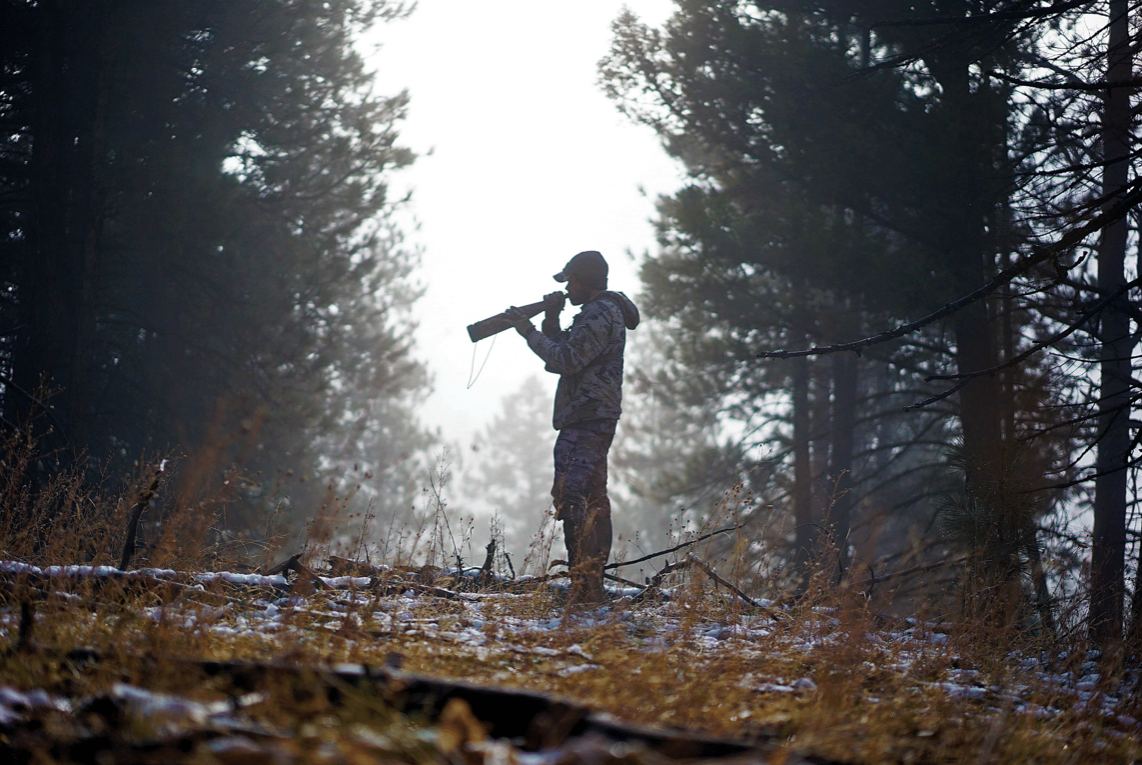
A tactic at the top of my elk-calling repertoire: Distance deception. In order to call an elk into bow range, there is a lot that needs to go right. But the main goal is to trick him to coming close to the shooter while not having to move in so close yourself that you get spotted or blow your cover. This is best done by deceiving them on how far away you are, as well as setting a trap to entice them closer and closer.
First, think about elk behavior. A wound-up elk is most likely to fight, while an elk that thinks he’s going to get beat up is most likely to gather up cows and run. Sneaking in and giving a mean bugle - or any bugle - can make the bull go away, while firing up from a distance at first will embolden the bull and make him try to get you to leave with a vocal challenge rather than expend his energy fighting or running.
The key with calling is to first get the bull to tell you he’s tough. This is a bull that will want to play. He’ll bugle back at a distance and try sounding aggressive and domineering without having to go to you. While this is not what you want for the end game, it’s where you want to start.
Start by bugling with a locator bugle at a distance. Once the bull is regularly responding, escalate and get more aggressive to the point where your bugles sound infuriated. Add in chuckles and growls to sound mean. The bull will likely do the same. This elk is now seeing red. You want to make him mad; you want him to want to fight, or at least start to think about it. At this stage, be the instigator; you should bugle first. Let him respond. Be the one that is yelling out.
Once he’s warmed up, it’s time to move in. As you close the gap, let him do most of the talking. You’ll have to bugle to keep his interest, but as you close in, make your bugles more distant sounding. Make it seem as though he is winning the verbal challenge. Still sound off, but more “distant”. Embolden him to think that he can beat you and kind of already has.
Your goal should be to work in to 100 yards or less. Keep a sharp eye as you get close. Keep your bugles sounding farther than you actually are. Muffle them. Work in cow calls at this point that sound closer than the bugling bull you’re pretending to be.
If you’re calling for someone else, have them move up to an interception position. I’ll often run back and forth as I call, bugling 20 yards back and directing the sound away, then running up and cow calling closer in the bull’s direction. I want the real bull to feel bold, angry, and curious. He’ll probably come in but hold up at a position near the cows he sees from his own herd. He’ll continue to bugle but not come all the way in.
At this juncture, the hunter and caller have two options: 1) the hunter sneaks in, hoping for a shot on the held-up bull; or 2) if he can’t get a shot, which most times he won’t get all the way in, it’s not the final sequence to make the bull move to you.
At this point, the caller now prompts the bull to come and fight. This is done by making bull sounds between the real bull and the cow calls you previously made. The best form of attack is to start raking a tree. The bull will hear this and now think you’re in his zone.
If he gives you a mean bugle - and he should - you need to let out a rip in his direction. His previous thinking should have been that he was winning, but this new move should incite him to come in closer. Offer a direct challenge with the raking and loud bugle. This will make the bull inclined to investigate. Battle won.
Create Division
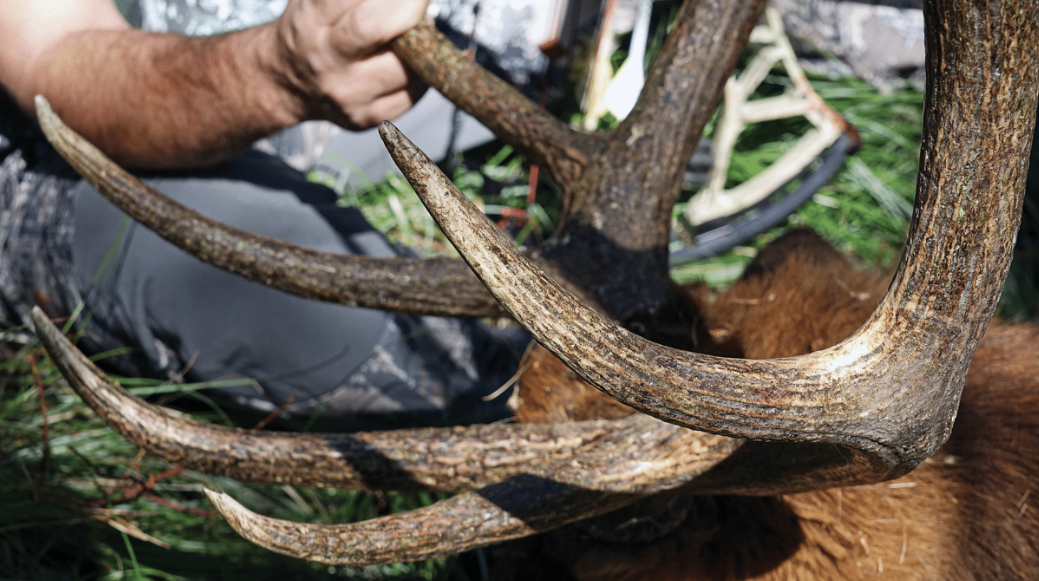
Calling to a bull that has cows is often a game of movement. As the bull bugles and challenges the caller, he often stands there as the cows mill around or feed. He is then snapped out of it when he notices the cows doing their own thing, and will try to round them up, hold them, or push them along. While this may seem like he is getting away from the caller and moving off, this behavior is in the hunter’s favor.
Most of the herd bulls I call into bow range are tricked this way. The challenging calls distract the bull’s attention from the cows. He isn’t going to leave those cows, but he is also not fully focused on them. In order to keep them, he must round them up and push them along. You want them to move! You want them to move at a milling pace, so don’t get too close at this point. Just follow behind bugling.
As the bull pushes the cows, he is putting division between himself and what he is interested in. It’s impossible for him to manage them all and he knows this. It takes some leg work and a lot of physical exertion on your part, but you need to dog him. More often than not, he’ll be moving his cows uphill. You need to dog this bull by calling and challenging as you follow along. Your moment will be at the top, where you kick it into high gear and attempt to beat them to where it looks like they want to go. Or get close to it. The final move should be in silence until you have the general area right.
As the group nears the top, you should have arrived at a new location in silence. If the wind doesn’t allow you to get in front, parallel works also. The key here is to be higher in elevation than the bull.
When you get above the bull, give a real challenging call - growl and chuckles included. The bull pushing the cows isn’t expecting you to cut him off or be above him. He’s expecting you to fall in line and follow them like you did when you started dogging him.
Herd bulls don’t like having other bulls above them. They know it makes a harder fight. Because of the distractions and not knowing where all his cows are, appearing in an unexpected spot causes him to confront you. This is one of my best tactics for calling elk when hunting alone. As the bull comes to fight for his spread-out harem, you can strike. Battle won.
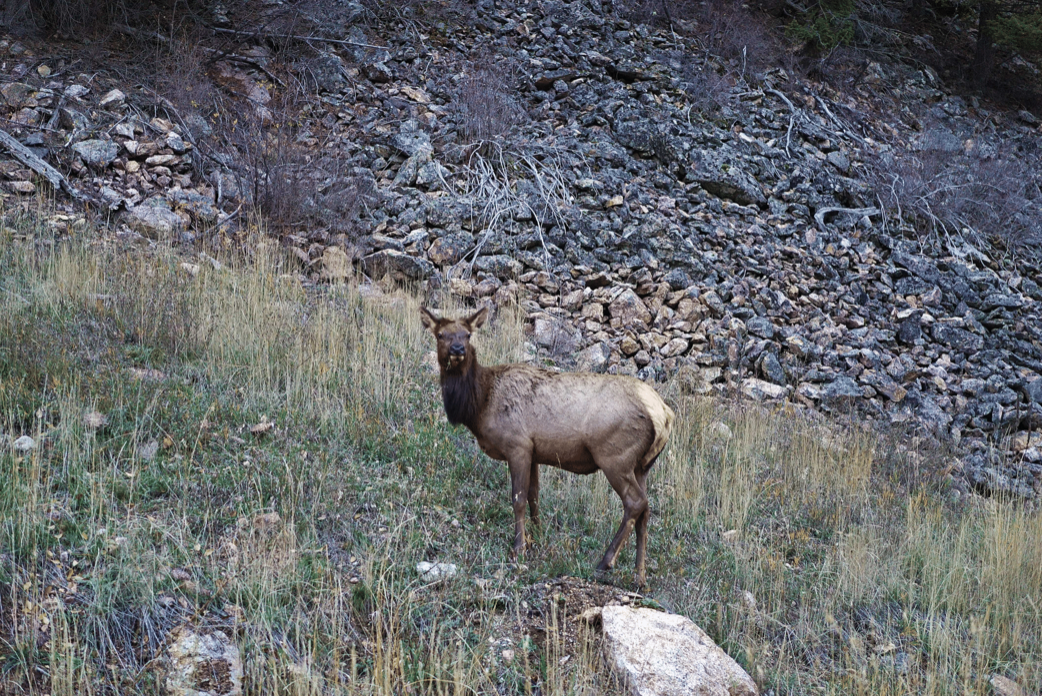
Assume the Role
Be the cow. If you hear a bull off in the distance or see elk in an area, move in without a sound. You’re going to steal his cows by being one. A bull’s attention and singular focus this time of year is on the cows. Make your move toward the herd like you’re stalking in. As you get close, you’re going to be what he holds dear…his cows.
Start with a simple, short, lost-cow mew if you’re in more timbered cover. The hope is to get one of the other cows talking. This helps you know where they are and where to look out for extra eyes and ears. Use this sparingly! It probably won’t call an elk in; it’s more just to locate the herd and get noises going from other cows so the call you’re going to make to draw the bull in isn’t out of the blue.
Once you hear a response, sneak in as close as comfortable with as little noise as possible. Set up and then give a longer standard cow call, followed by fake responses in different directions to sound like cows talking with each other. The hope is to not sound out of place, because the clincher call is going to be an estrous whine.
Once there is a little commotion, wait a minute or two and then let out a long, drawn-out estrus whine. This call can go from low to high, to low, to high. EWWWWWeeeeewwwwEEEEEwwww. If new to elk calling, the best call for this is an open-reed-style call. It can be easily done by applying pressure with your teeth and then up and down the length of the reed.
Once you’ve given a single whine or two, open up with an excessive amount of cow talk - short, soft mews and longer mews in different directions. Commandeer the noise of the herd like cows talking to each other. The bull will be highly inclined to investigate.
I’ve also had this work well sneaking in on bedded elk where the bull isn’t in stalkable spot because of all the cows. If the bull bugles, you know you’re in. Often, the bull will bugle from his bed. He knows where his “hot cow” is and that will often be the first place he’ll wander when he decides to get up.
You’ve taken his cows by being his cows. This tactic also works wonders on lone bulls. If you see a bull cruising by himself, this is a surefire way to get him to commit to you. Just be patient and prepared; they will often come in silent to investigate.
If in heavy cover, keep your ears open while cow calling. You may not hear any bugles, but you might hear a bull glunking (this is almost like a heavy breathing sound). Bulls will often make this before coming in and pushing or chasing a hot cow in his harem.
Whether he comes in to you quiet or screaming, you’ve taken what he wants and he is very malleable to your will. When he is close enough to find that out, it’s too late. Battle won.
When to Run and When to Hide
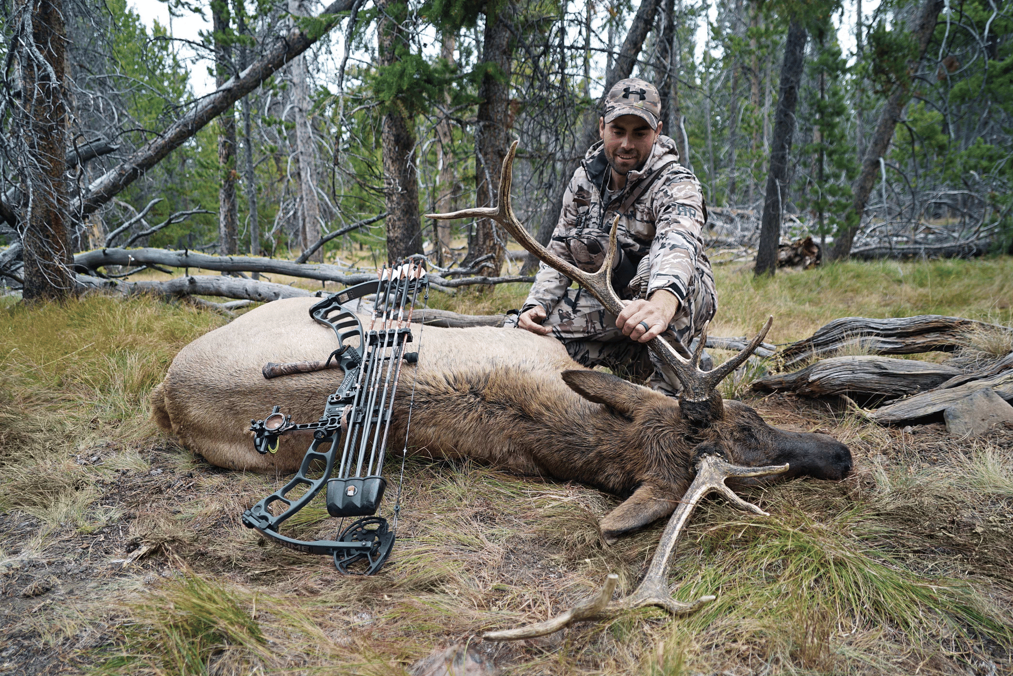
The main mistake I see people make when hunting elk during the rut is being too timid, too slow, and moving at the wrong time. It’s possible to move in and also through an elk herd. In fact, for most cases of success, it’s absolutely necessary to get in tight if you plan to call an elk within bow range.
There is a very small window between success and just another a close encounter. To be consistent in the win category, you have to make moves. I’d describe my elk hunting approach as fast and calculated. When I see an opportunity to strike or make a move, I seize it.
I move fast when I see a distracted animal, elk that are in particularly good terrain, or elk that are in the calling mood. This is where off-season conditioning helps to kill elk. However, in that same vein, I rarely blow elk out. This is because when I do move, I do so hidden. I’m always moving under cover with my head up, cautiously scanning and aware of my surroundings.
Positioning is everything. Slightly out of the zone will get responses, but no committed action from bulls. There are many times I’ll move past cows to get into position. I keep in mind that if I can’t see their eyes, they can’t see me. You can often get away with smooth, steady movement, because as a herd animal, elk are used to movement.
If you think you’re picked off by a cow or bull, or in a position where an animal moves and may see you, “BE STILL AS THE MOUNTAIN”. If you get caught, freeze! I always call elk the T-Rex of the deer kingdom. Much like the movie Jurassic Park, if you don’t move, they can’t see you. I’ve called elk and had a bull come in at the wrong time. I froze before he saw me move and had him walk right past me at 15 yards, looking for the “bull” that just challenged him.
Success has a lot to do with moving fast when needed and freezing still as a stone when needed. These tactics will put you into position at the right place at the right time. Battle won.
Targeting the Weak
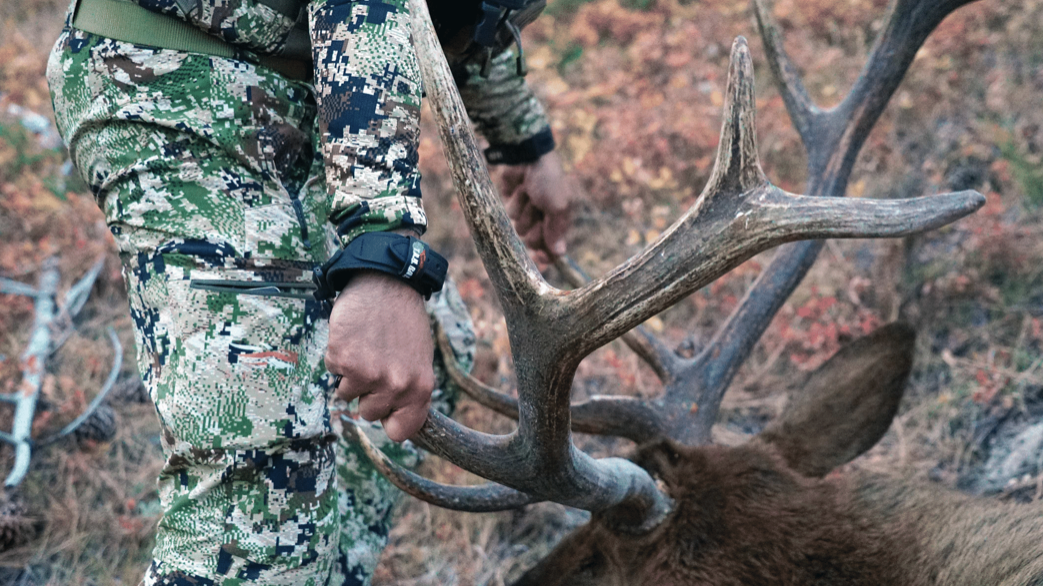
In a fired-up elk herd, the herd bull is often fortified by his cows. His position is the most defended and the hardest to access. At that moment, he is strong. So, strike the weak. Satellite bulls are less defended, move around more, and are easier targets. While you may luck into one, targeting them will put the ball in your court.
Satellite bull doesn’t always mean the smallest bull, either. I’ve seen plenty of instances where the larger bull has been outclassed or is just late to the game. While the majority of satellite bulls are younger animals, they can be the best elk to target for archery success.
Start by moving into the herd. Either locate the elk with a bugle or by glassing. When you get near, start with your cow calls. You’re going to build an imaginary herd around you, so introduce estrus whines and feel free to over-call with basic cow chatter and mews. The attempt here is to create a herd of elk where you are the herd bull and are managing your cows, which are in a frenzy. As you chase come cows, others are free to be picked up by a satellite bull.
I introduce two characters to the calling sequence: one mature aggressive bull with deep, mean bugles and another lighter, shorter, higher-pitched bull. For this bull, I’ll probably make the bugles with my cow diaphragm or more versatile diaphragm, while I switch to a deeper more growly diaphragm for the big bull.
As you move in on the main herd, odds are you’ll hear the herd bull, but he isn’t going to leave his cows. The goal is to listen for the other bugles on the outskirts. You’ll then attempt to place yourself between the main herd and these other elk, with the intent of making them believe all your commotion and calling is actually the main herd. In this instance, there’s no such thing as over-calling. The elk should be whipped up into a frenzy.
Once you have the proper setup, you’ll want to stay in place longer and continue calling, even if the main herd has moved off slightly. Remember, your focus is on the other elk around. These bulls should be popping in to check stuff out. The commotion you make will draw them to you before they reach the main herd.
This is one of the best tactics for success as you are now building an illusion and calling to a bull that is by himself. A mixture of cow calls and multiple bugles makes them think it’s going off. I often run around calling in different places and directions to build the illusion that there are a lot of elk where I am. This works great whether hunting with another person or calling solo. By targeting the weak, you will regularly find success. Battle won.
Victory is Near!
The elk rut is war. While elk calling for newer hunters can seem impossible, once you understand the strategies behind it, you can make informed decisions that lead to more victories. When taking a different approach and employing strategy to exploit age-old weaknesses, you will become more consistent in the field. While hunting itself is not a battle, elk hunting success can still be found in the Art of War.
